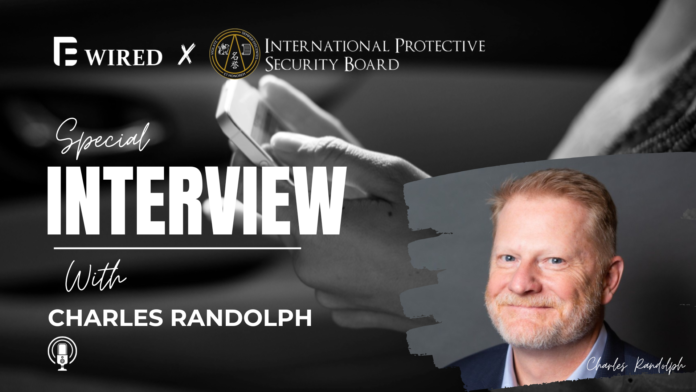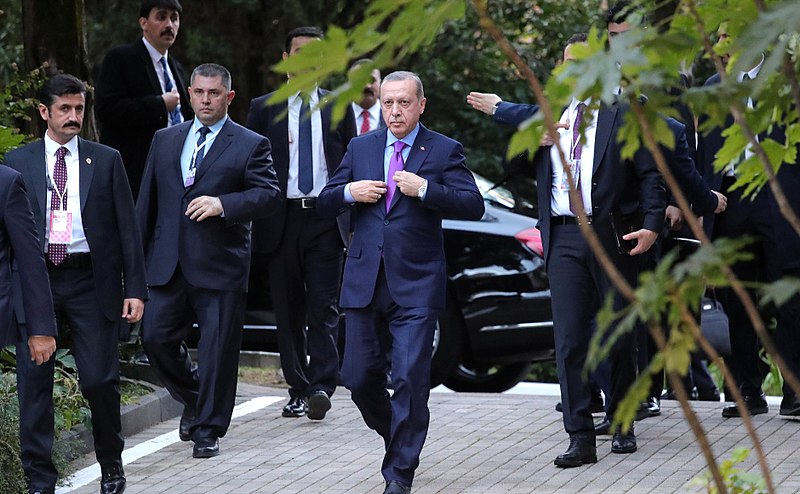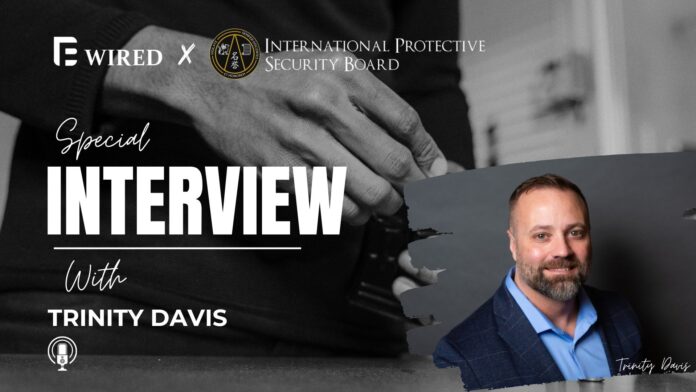Just as distracted drivers can cause accidents, businesses must be prepared to mitigate risks and distractions during times of crisis. Issues occurring on the road can be mirrored in the corporate world, emphasizing the importance of crisis management and business continuity teams.
Introduction to Importance of Crisis Management and Business Continuity Teams
Every day, as we traverse the highways and byways of life, we encounter unexpected events that demand our immediate attention. While it may not be readily apparent, these roadside situations can serve as a valuable metaphor for understanding the challenges that businesses face during crises.
Distracted Attention
On the road, drivers can easily become distracted by flashing lights, billboards, or their smartphones, leading to accidents. In the business world, employees and leaders can be similarly distracted during a crisis, whether it’s due to conflicting priorities, misinformation, or overwhelming stress.
For instance, imagine a software company dealing with a significant data breach (a technological hazard). During the crisis, employees might become distracted by media coverage and public scrutiny, neglecting essential tasks like mitigating the breach’s impact. Crisis management teams must be ready to address this issue by providing clear guidance and establishing communication protocols to keep everyone focused on critical tasks.
Fatal Consequences
Just as a momentary lapse in concentration on the road can lead to fatal accidents, a poorly managed crisis in the business world can have dire consequences. Consider a retail chain facing a massive product recall (a human hazard). This can result in significant financial losses, damage to the brand’s reputation, and, in extreme cases, the closure of stores. Business continuity teams play a vital role in preventing such outcomes by developing strategies to mitigate the impact of crises and facilitating a swift recovery.
Risk to First Responders
On the road, first responders put their lives at risk to help those in distress. Similarly, employees involved in crisis management within a business can face immense pressure and stress. This risk extends to Hazmat incidents, where employees may be exposed to dangerous chemicals. Their well-being is crucial, and organizations must provide adequate support and resources to ensure their safety, both physically and mentally. For example, an industrial manufacturing plant handling hazardous materials needs to prioritize employee safety during a chemical spill crisis.
Unforeseen Challenges
Just as first responders encounter unforeseen challenges while assisting those in distress on the road, crisis management teams often deal with unpredictable circumstances in the business world. These may include natural hazards like wildfires affecting a manufacturing facility’s supply chain, technological failures in a financial institution’s trading systems, or human hazards like a high-profile executive scandal affecting a corporation’s reputation. Being prepared for such challenges and having well-defined contingency plans in place is essential for business continuity teams.
The Importance of Training
First responders receive extensive training to deal with various emergency situations. In the corporate world, however, employees and leaders may not be adequately prepared to handle crises. Providing ongoing training and simulations for the crisis management and business continuity teams is crucial to ensure they respond effectively when a crisis hits. For instance, a hospital needs to regularly train its medical staff in responding to a surge in patients during a natural disaster, such as a hurricane or pandemic (natural hazard).
Coordinated Response
A well-coordinated response on the road can mean the difference between life and death. Similarly, in the business world, coordination among different departments and stakeholders is vital to navigate a crisis successfully. Effective communication, teamwork, and a clearly defined chain of command are essential elements of crisis management. Consider a multinational corporation responding to a cybersecurity breach (a technological hazard). Without a coordinated response, sensitive data may remain vulnerable, leading to further breaches and potential legal and financial consequences.
Public Perception
Accidents on the road can lead to public scrutiny and legal consequences. Similarly, businesses facing crises are under the microscope of the public, shareholders, and regulators. Managing the perception and reputation of the organization is a core function of crisis management teams, as a damaged reputation can be a significant long-term consequence. For example, a food manufacturing company dealing with a food safety crisis (a human hazard) must act swiftly to restore public trust and meet regulatory requirements to avoid legal repercussions.
The similarities between incidents on the road and crises in the corporate world highlight the critical importance of being prepared for unforeseen events. Just as first responders must be ready to assist those in distress, businesses must have well-structured crisis management and business continuity teams in place to navigate crises effectively. These teams are not only responsible for ensuring business survival but also for safeguarding the well-being of employees and maintaining public trust.
Final Thoughts on the Importance of Crisis Management and Business Continuity Teams
Whether facing natural, technological, human, or Hazmat hazards, the principles of crisis management and preparedness remain constant, helping organizations navigate the most challenging of situations. By learning from the lessons of the road, businesses can build resilience in the face of uncertainty and drive forward safely, ensuring their continued success and sustainability in an ever-changing world.











